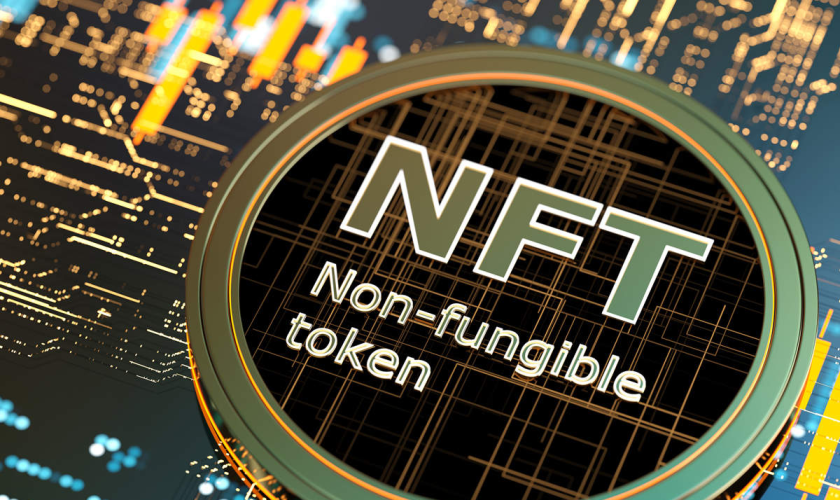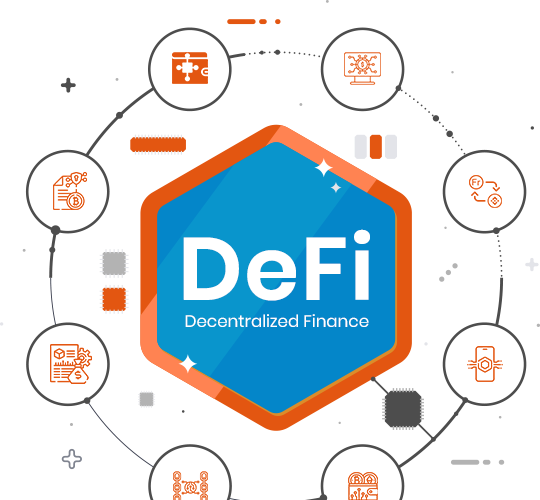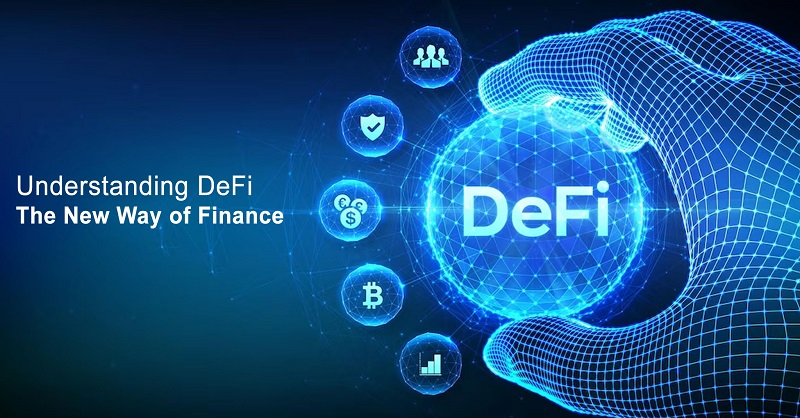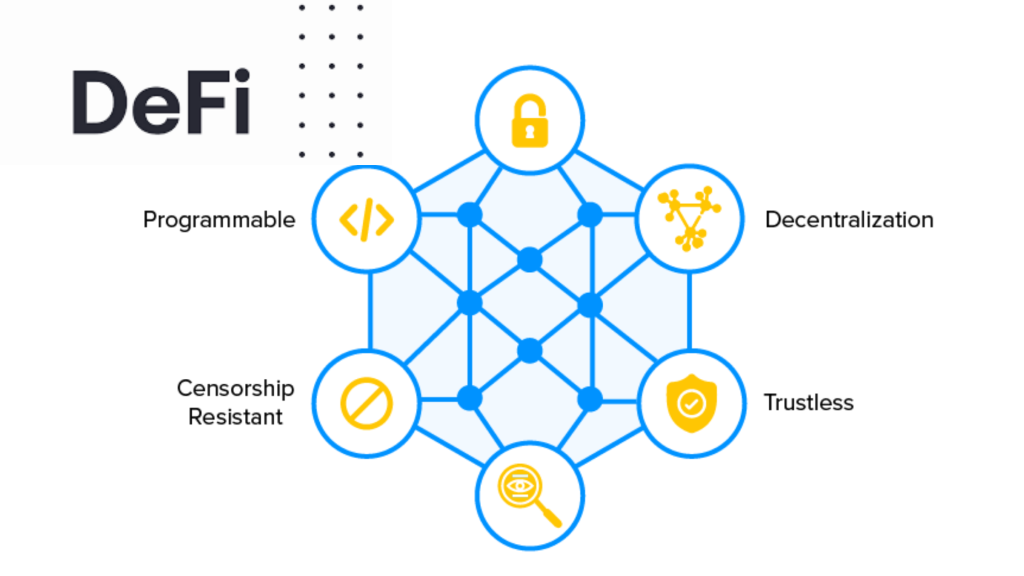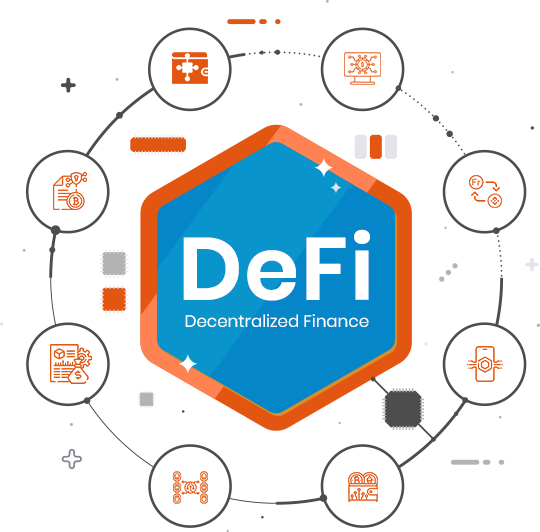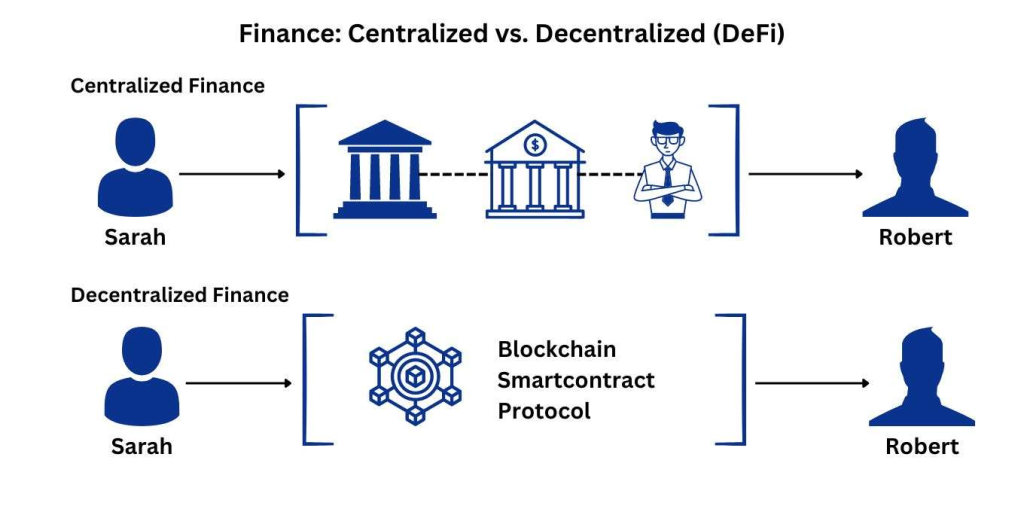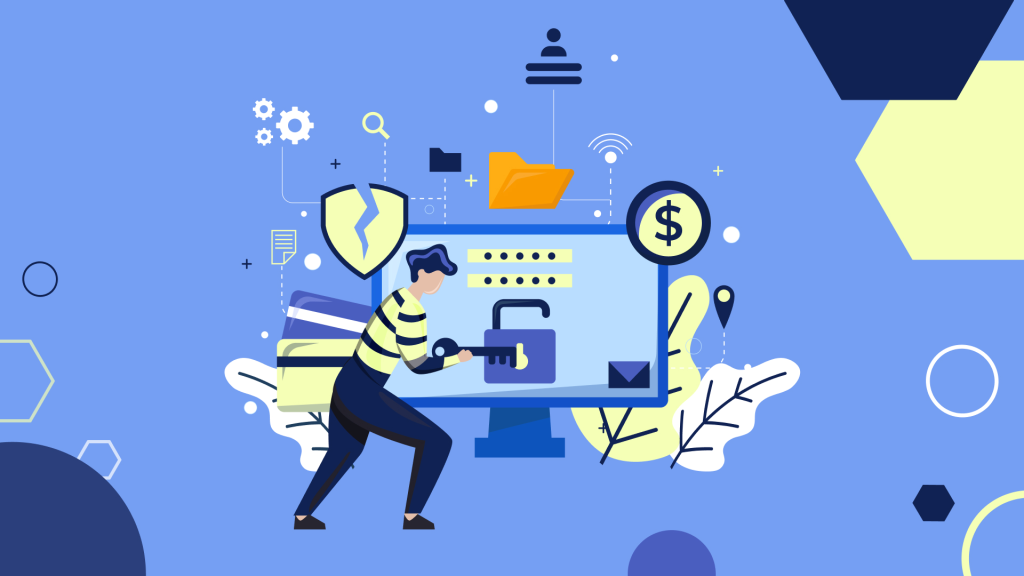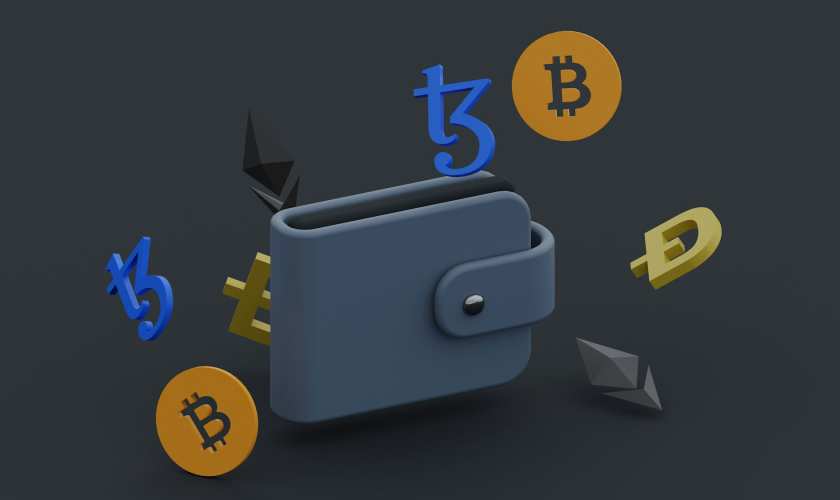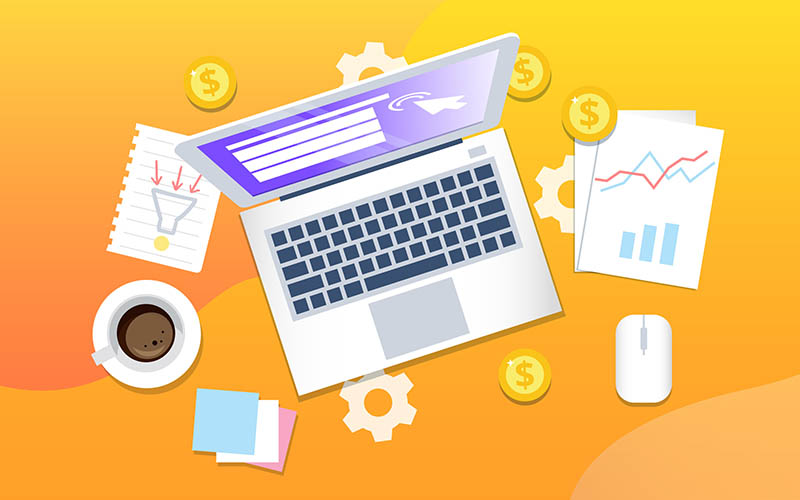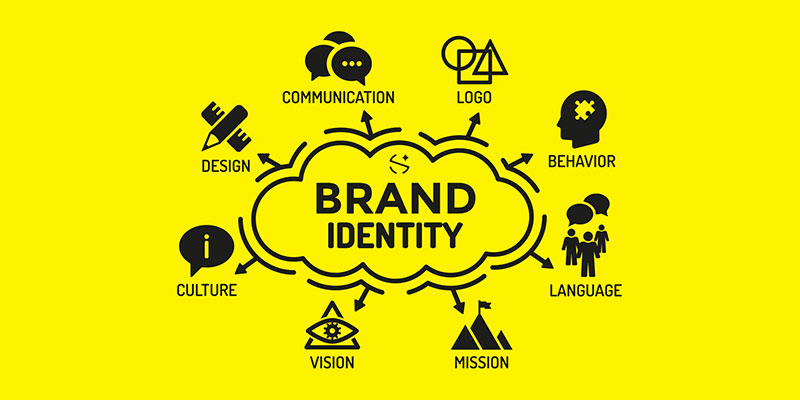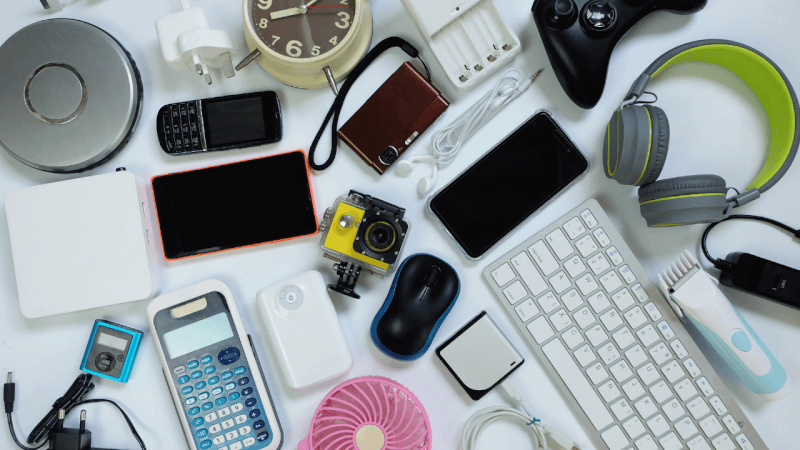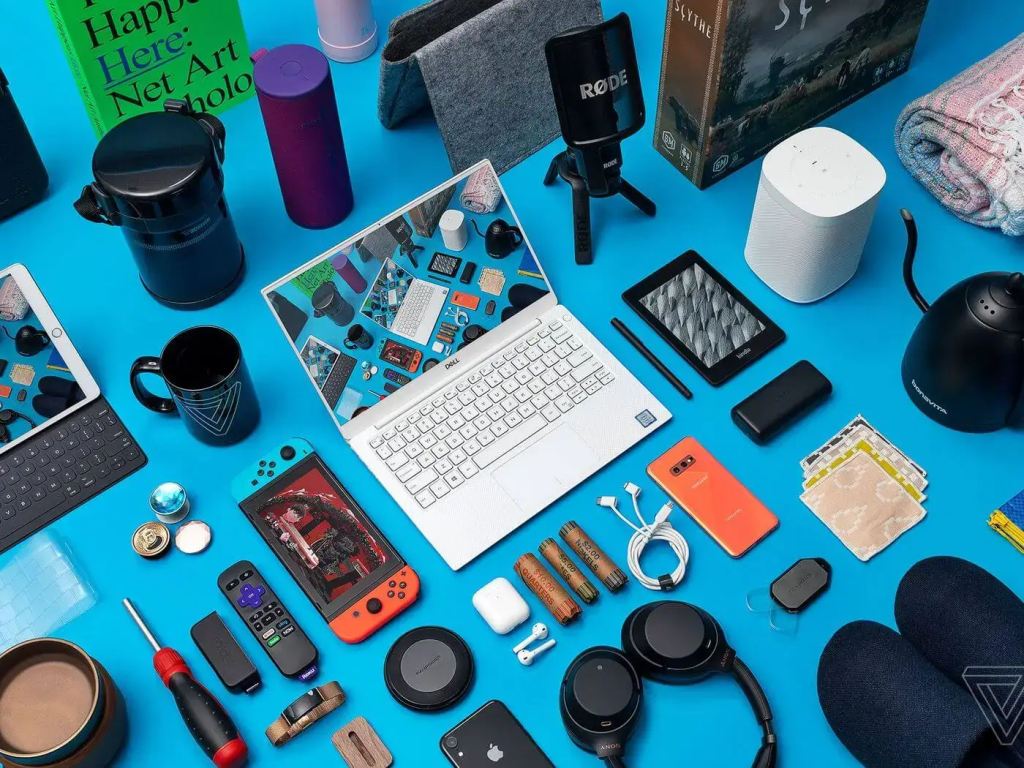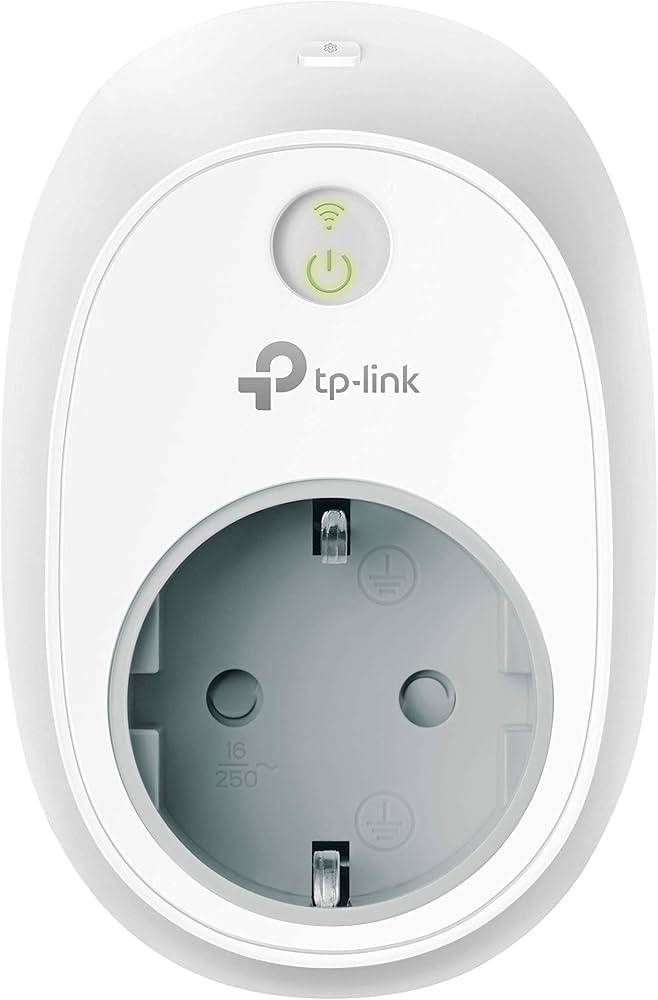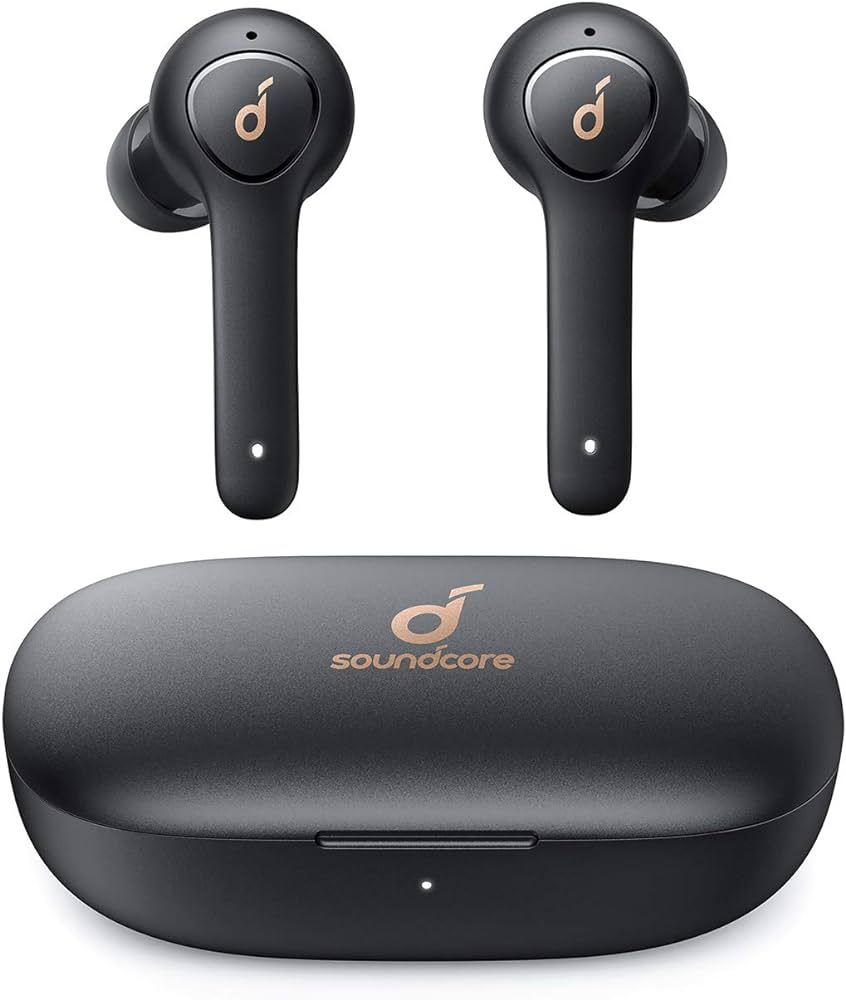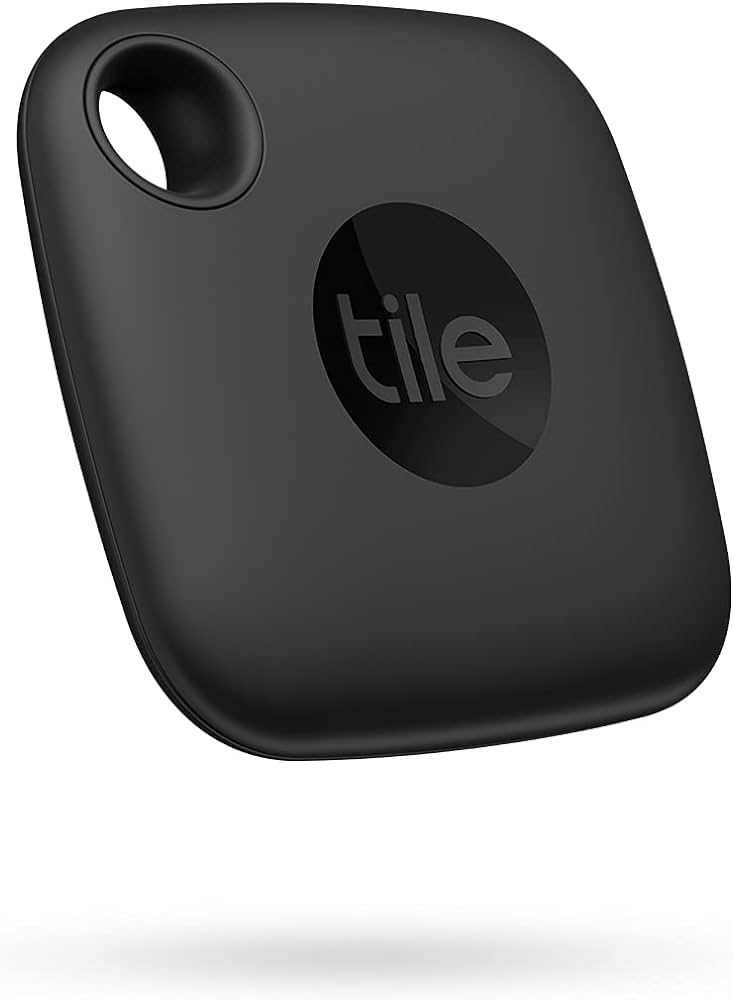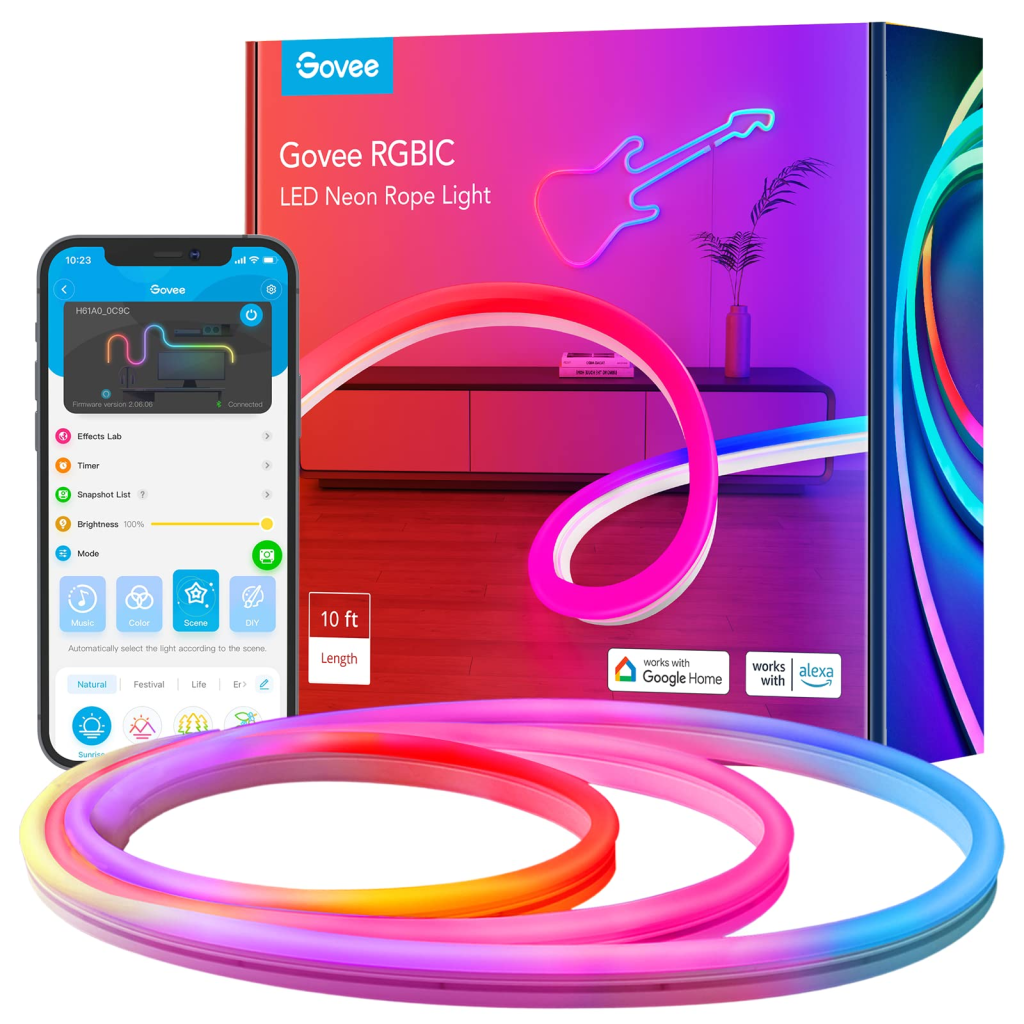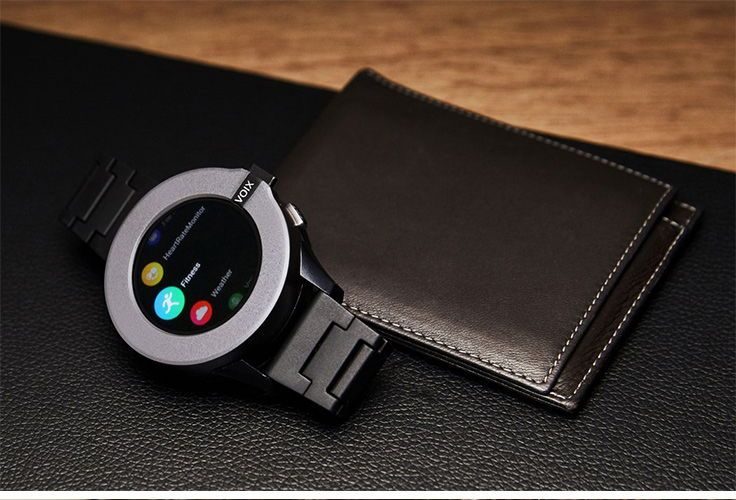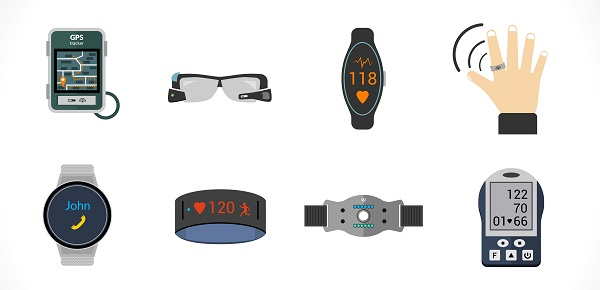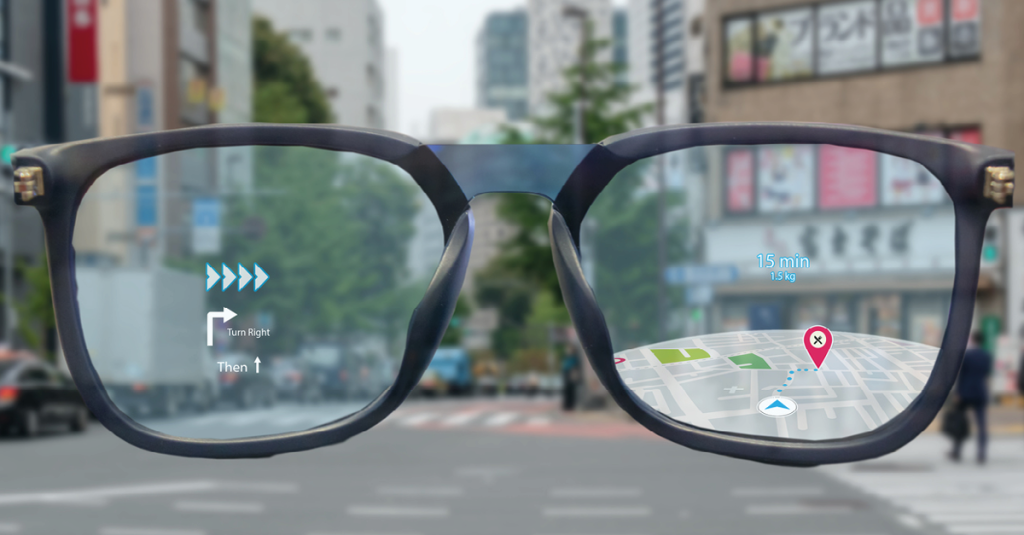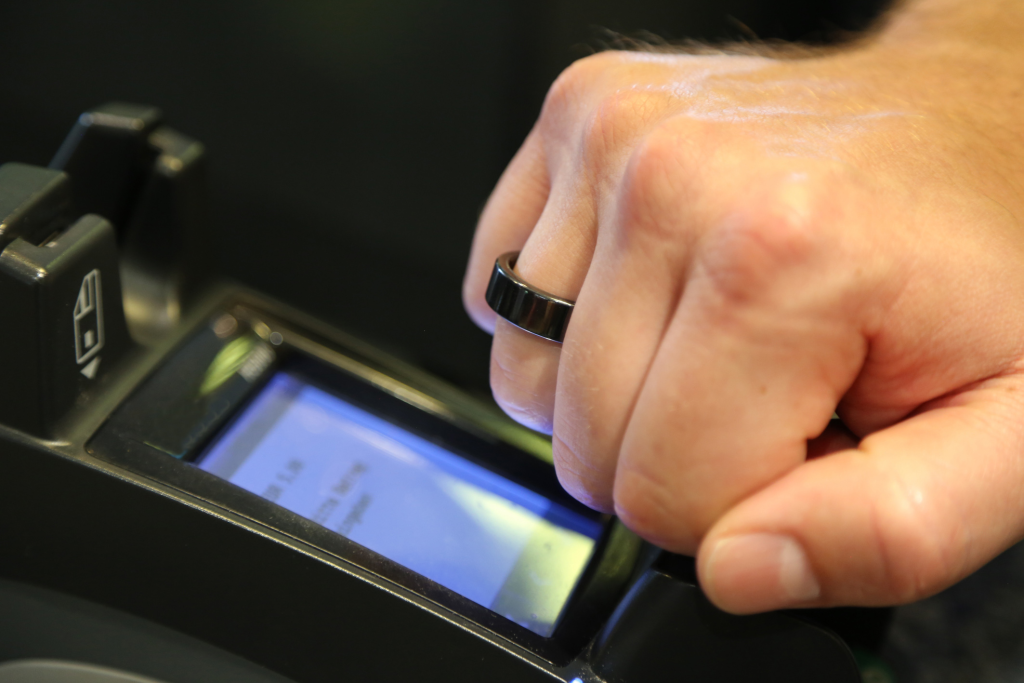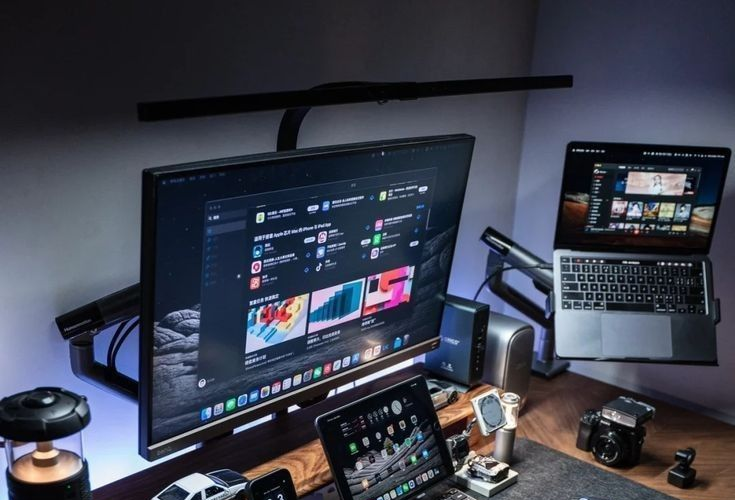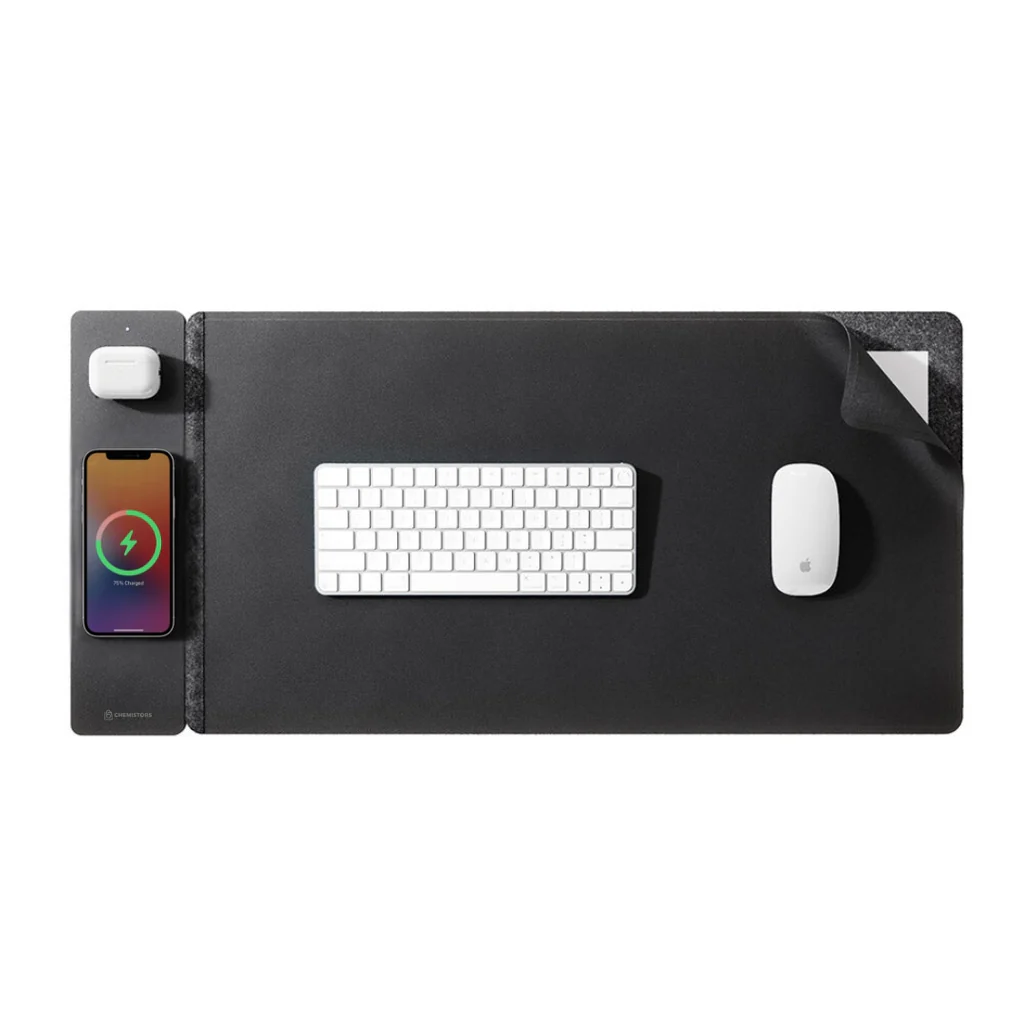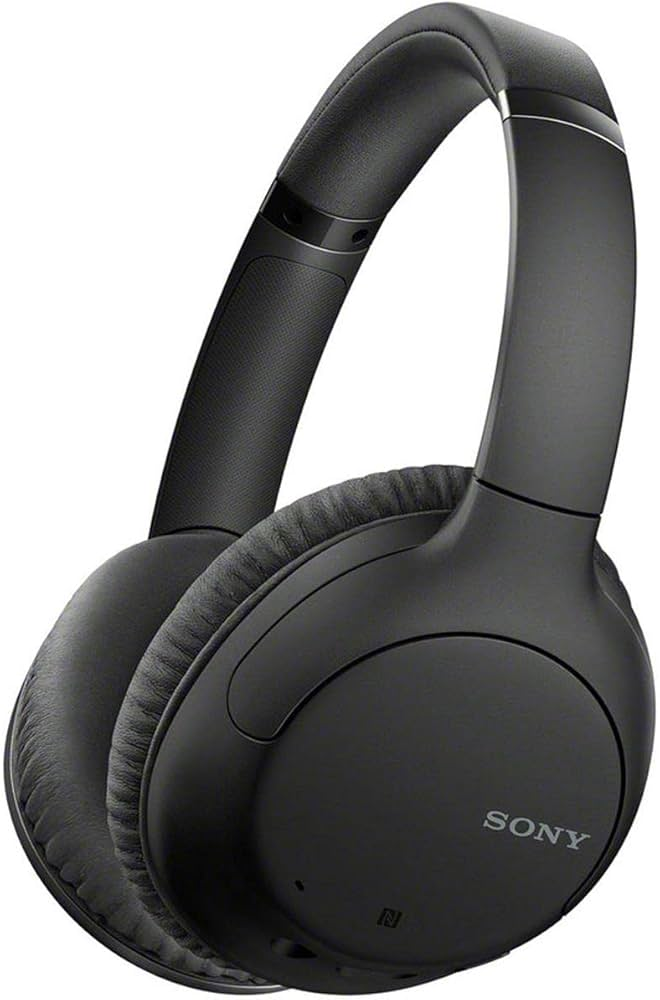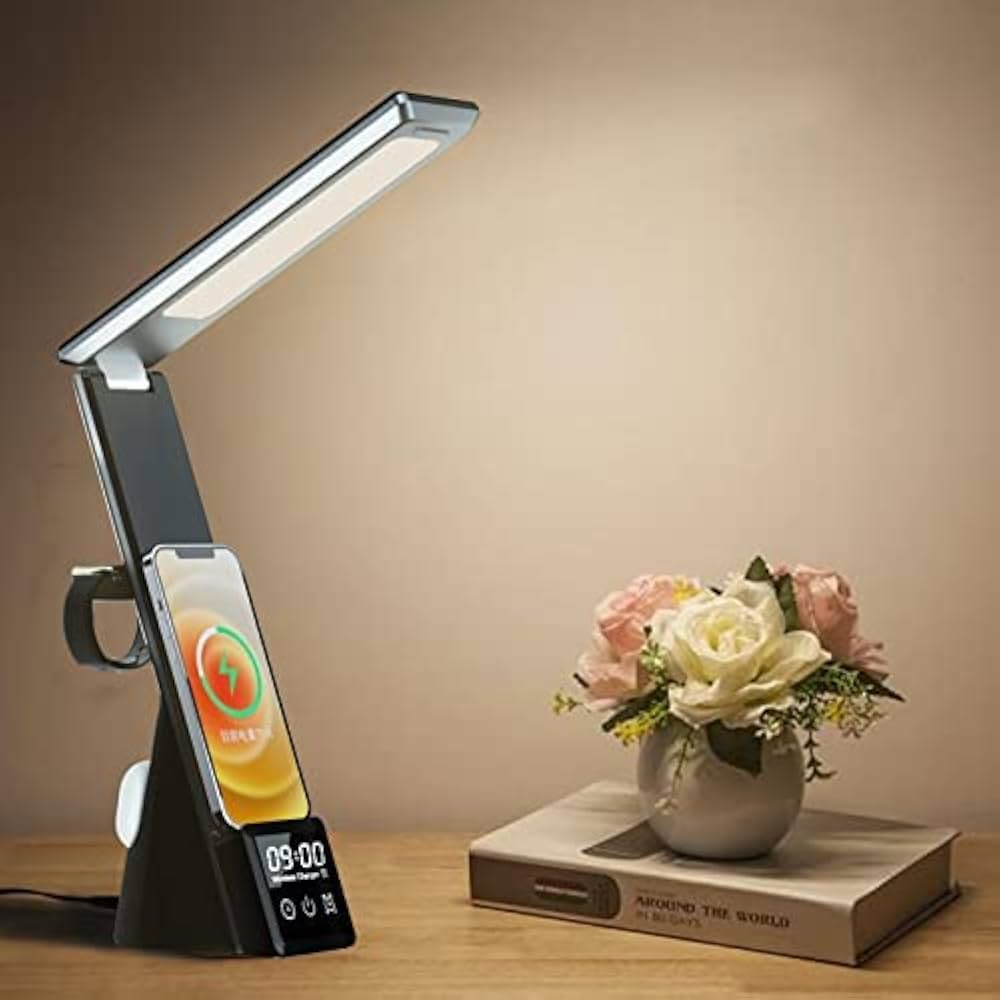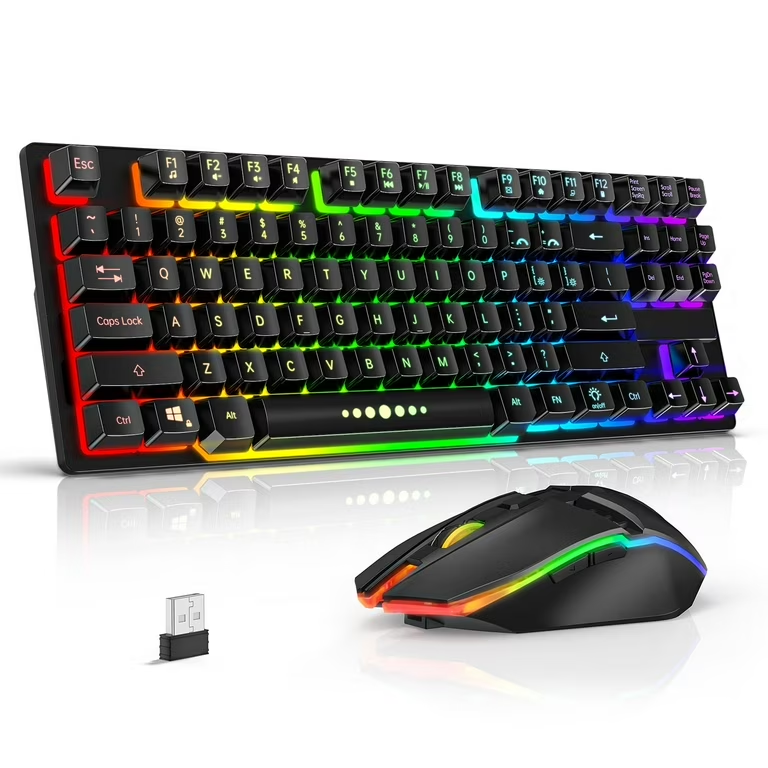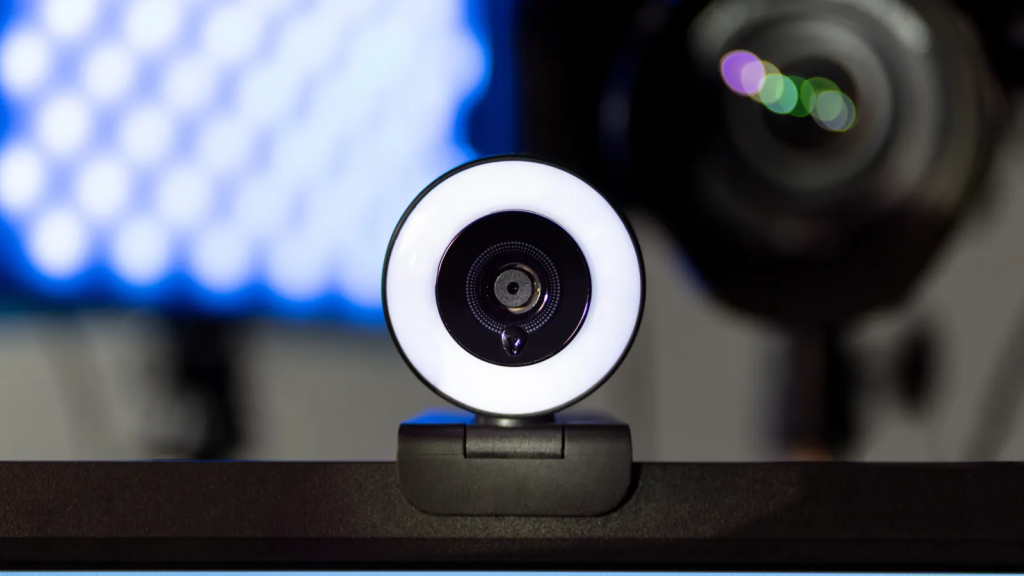Introduction
Non-fungible tokens (NFTs) burst onto the scene as a revolutionary way to own and trade digital assets, transforming how we view art, gaming, and intellectual property. In 2024, however, the question arises: are NFTs still living up to the hype?

With shifting trends and evolving use cases, NFTs are no longer just about digital art or collectibles. They’re integrating into industries like real estate, gaming, and music, while also facing challenges such as market volatility and skepticism. This article explores whether NFTs remain a valuable investment and innovation in 2024.
What Are NFTs?
NFTs are unique digital assets verified on a blockchain, distinguishing them from fungible tokens like Bitcoin or Ethereum. They can represent ownership of art, music, videos, or even physical items.
The uniqueness and traceability of NFTs make them valuable for creators and collectors alike. By 2024, their applications have expanded, redefining how industries manage ownership, royalties, and authenticity.
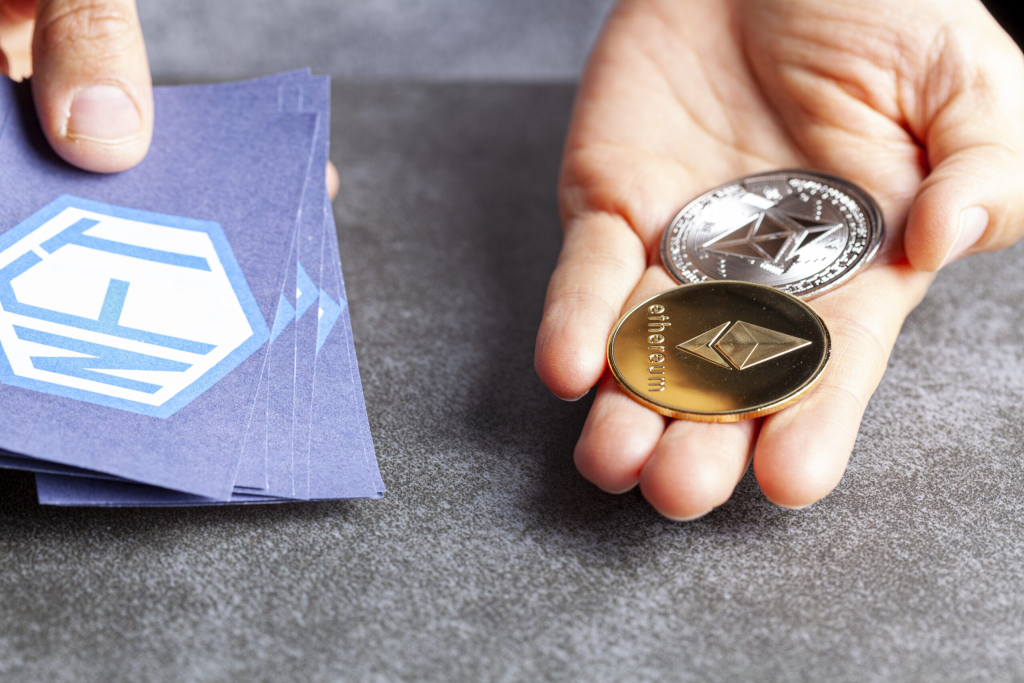
Evolving Use Cases of NFTs
1. Beyond Digital Art
Initially synonymous with digital art, NFTs are now utilized across various industries. Gaming platforms use NFTs for in-game assets, while real estate projects tokenize property ownership. Even fashion brands are leveraging NFTs to offer exclusive digital wearables.
- Example: Gamers now own unique characters or items that can be traded or sold on blockchain marketplaces.
- Impact: Expands the scope of NFTs, making them relevant to diverse audiences.
2. Ticketing and Memberships
NFTs are reshaping event ticketing and membership programs. They provide secure, tamper-proof tickets for concerts, conferences, and sports events while granting access to exclusive perks or communities.
- Example: Coachella issued NFT tickets that double as lifetime festival passes.
- Impact: Enhances fan engagement and prevents ticket fraud.
3. Intellectual Property and Royalties
NFTs are helping creators retain control over their intellectual property. Through smart contracts, artists can earn royalties on secondary sales, ensuring continuous income whenever their work is resold.
- Example: Musicians minting songs as NFTs ensure they receive a percentage of each resale.
- Impact: Empowers creators by offering financial sustainability.

The Challenges NFTs Face in 2024
Market Volatility
The NFT market has seen significant fluctuations, with periods of high demand followed by downturns. Speculation-driven purchases often lead to overvaluation, leaving some assets unsold.
Environmental Concerns
Critics continue to highlight the energy-intensive nature of blockchain networks like Ethereum. Although Ethereum’s transition to proof-of-stake has reduced its carbon footprint, environmental concerns still linger for certain platforms.
Oversaturation
The influx of NFT projects has led to market saturation, making it harder for individual creators to stand out. Buyers may also feel overwhelmed, leading to cautious spending.
Are NFTs Still Worth the Investment?
1. High-Value Opportunities
Blue-chip NFTs like CryptoPunks and Bored Ape Yacht Club continue to attract significant interest and maintain their value. Investing in well-established projects or NFTs with real-world utility can yield long-term benefits.
2. Utility Over Speculation
The focus in 2024 has shifted from speculative buying to utility-driven NFTs. Projects offering tangible benefits—like access to exclusive communities, events, or real-world assets—are gaining traction.
3. Research is Key
For potential investors, due diligence is essential. Understanding the creator, project roadmap, and community support can help identify promising NFTs amid market noise.
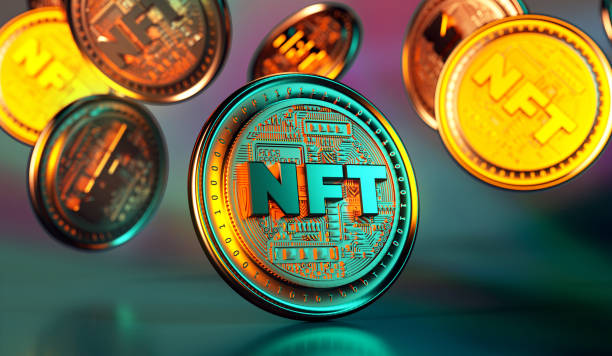
Final Thoughts
In 2024, NFTs have evolved beyond hype, embedding themselves into industries like gaming, real estate, and music. While challenges like volatility and oversaturation persist, NFTs with clear utility and value are shaping the future of digital ownership.
For those willing to navigate the complexities of the NFT market, the opportunities remain vast and exciting, proving that this innovative technology is far from a passing trend.


